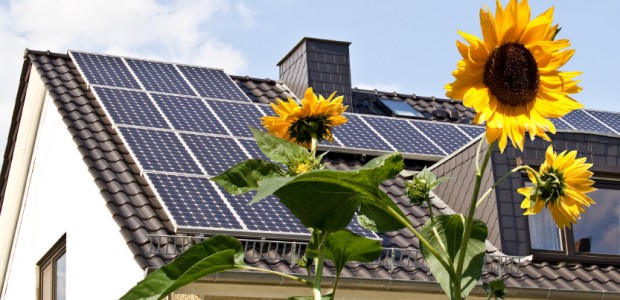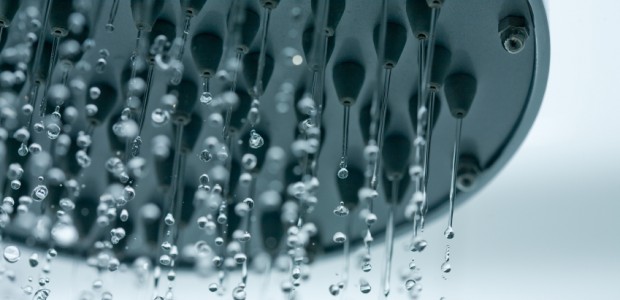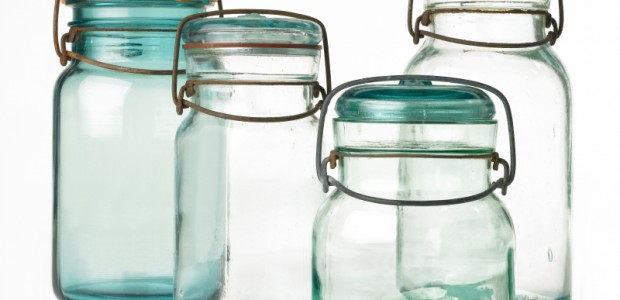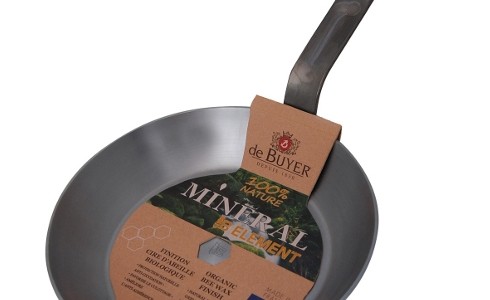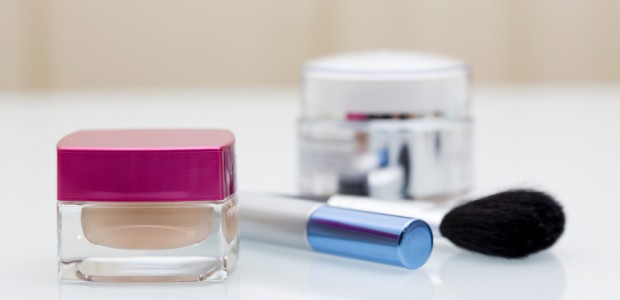Solar energy has recently become more popular due to its organic and natural qualities. It is also more economical to use solar energy due to its renewable supply. Ultimately, solar energy is worry-free and the only maintenance and upkeep needed are the application of solar panels and keeping the panels clean and clear of debris. There are many great benefits to use solar paneling for your home as a means of using energy.
- Decrease in Energy Bills: When using solar energy, you are only taking from an ample supply of energy that regenerates itself naturally. The use of non-solar energy only increases your electric bill every month, depending on the usage in your home. The application of solar panels will be beneficial because the energy produced will decrease your electricity bill. Solar energy is free because it is natural and harnessed by solar panels.
- Decrease Energy Demand: Using solar panel generated energy will decrease the demand for machinated energy. The production of energy costs hundreds of dollars, thus the expense of paying energy bills. However, solar panels produce more energy than your local energy provider. All the excess energy produced by your home solar panels goes back into the power grid. Therefore, the electric company writes you a check for the extra energy you produce. Not only are you benefiting from home generated energy through solar panels, but you’re also being paid for the energy you produced!
- Environmentally Sound: Solar energy is natural and can never run out. It is renewable and does not require a bill every month for its services for your home. You will experience some relief using your heater, appliances, and air conditioning unit knowing that your source of energy is renewable. Also, to produce energy without solar energy requires the use manufactured electricity, which requires a huge amount of power usage. The use of solar energy decreases the need for electric power.
